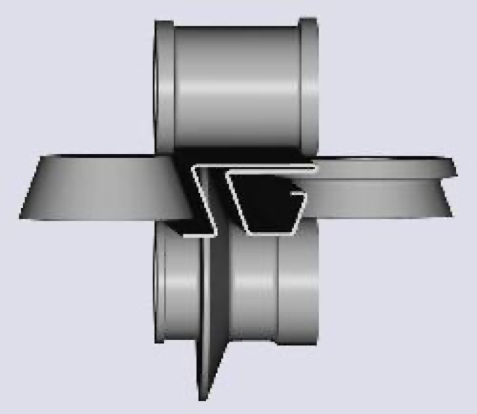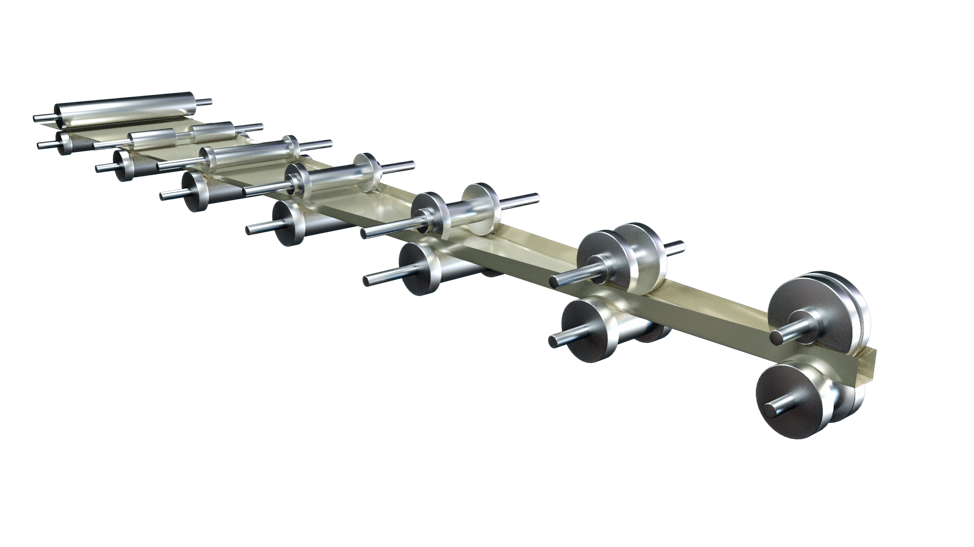Steel’s Versatility: Why the Steel Industry Stands the Test of Time
Steel’s broad applicability has made it the world’s sweetheart. It’s a stalwart in everything from modern décor, to structural elements, to specialty parts in aerospace, automotive, shipbuilding, military, and infrastructure industries. Even landmarks such as the Golden Gate Bridge and the Gateway Arch shine bright with steel produced by the American steel service industry.
Futurists, such as Elon Musk, have called steel “the best decision they have ever made.” The ancient general Alexander called strong enemies “walls of steel.” All this praise speaks to steel’s remarkable characteristics. In this blog, we will focus our attention specifically on steel’s versatility.
Steel can be used in a broad swath of temperature ranges
- Highs
High-temperature grades of stainless steel can be used in temperatures up to 2100° F. This allows them to be used in furnaces, ovens, boilers, valves, and pipes. This also makes them ideal in the aerospace industry.
- Lows
In low temperatures, many steel grades tend to become brittle after a certain threshold. A case in point was the steel hull of the Titanic which suffered brittle fracture in the steel bolts. However, modern steel grades have vastly improved on their low temperature range with cryogenic steels that show 100 Joules of toughness at -196 degrees Celsius.
In low temperatures, many steel grades tend to become brittle after a certain threshold. A case in point was the steel hull of the Titanic which suffered brittle fracture in the steel bolts. However, modern steel grades have vastly improved on their low temperature range with cryogenic steels that show 100 Joules of toughness at -196 degrees Celsius.
Steel: perfect for exposure to chemicals and the elements
- Hygiene
Stainless steel’s resistance to corrosion allows it to withstand many chemical cleaners. This makes it an ideal surface for many industries that require high levels of hygiene, especially in such applications as kitchens and chemistry labs.
- Longevity
The Chrysler building’s stainless-steel roof, a pinnacle of Art Deco architecture, has only been cleaned three times since its construction in 1930! This is a strong flex on steel’s longevity and anti-corrosion properties that can resist the most damaging natural elements.
The average life of a steel product? 40 years.
Innovation and Specialization
The secret to steel’s versatility is the process of constant improvement since its discovery more than 4,000 years ago. With so much research, it’s no wonder that steel is such a specialized metal with an intricate grading system to categorize every form of steel.
- Specialization
Whatever the job, there is a steel grade for it. Different techniques cause variances in ductility, toughness, machinability, and ability to be welded.
According to the World Steel Association, there are more than 3,500 grades of steel, each with its own unique properties. This includes the grades known as advanced high strength steels.
- Innovation
When Hittites were creating steel 3,000 years ago, they probably created it by accident when the carbon from their furnaces mixed with iron. Since then, metalworkers have not only perfected the creation of different steel […]


